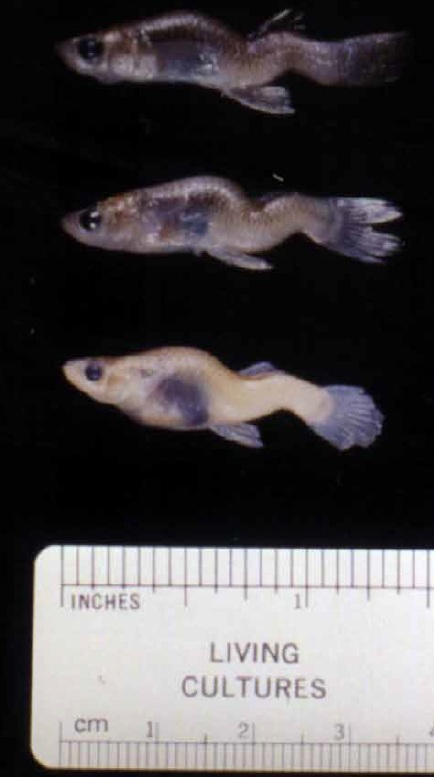
Two headed trout, a result of selenium pollution. Courtesy of USFWS.
Yesterday, advocates for clean water won a major court victory in Virginia. Under a court order, A&G Coal will be the first coal company in Virginia required to get a permit for their discharges of toxic selenium. U.S. District Judge James P. Jones ruled that because the company did not tell regulators that they might discharge selenium, their permit does not allow them to.
Selenium is a common pollutant at many Appalachian coal mines and is toxic to fish at very low levels, causing deformities, reproductive failure and death.
The case was brought by the Southern Appalachian Mountain Stewards (SAMS), Sierra Club and Appalachian Voices, represented by Appalachian Mountain Advocates.
>> Read the press release to find out more
>> Read the judge’s ruling here





